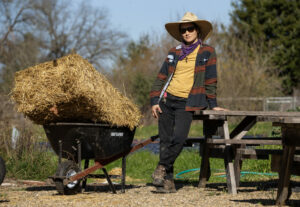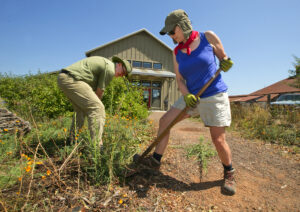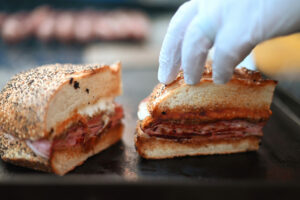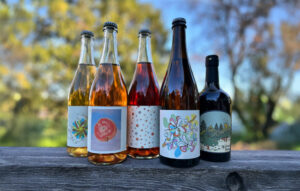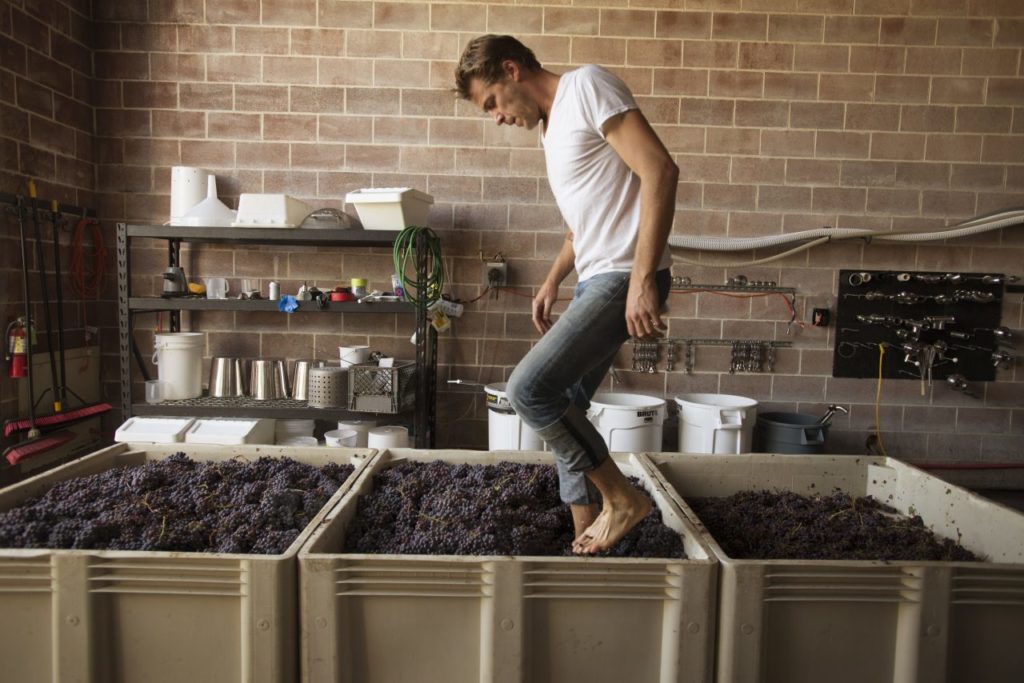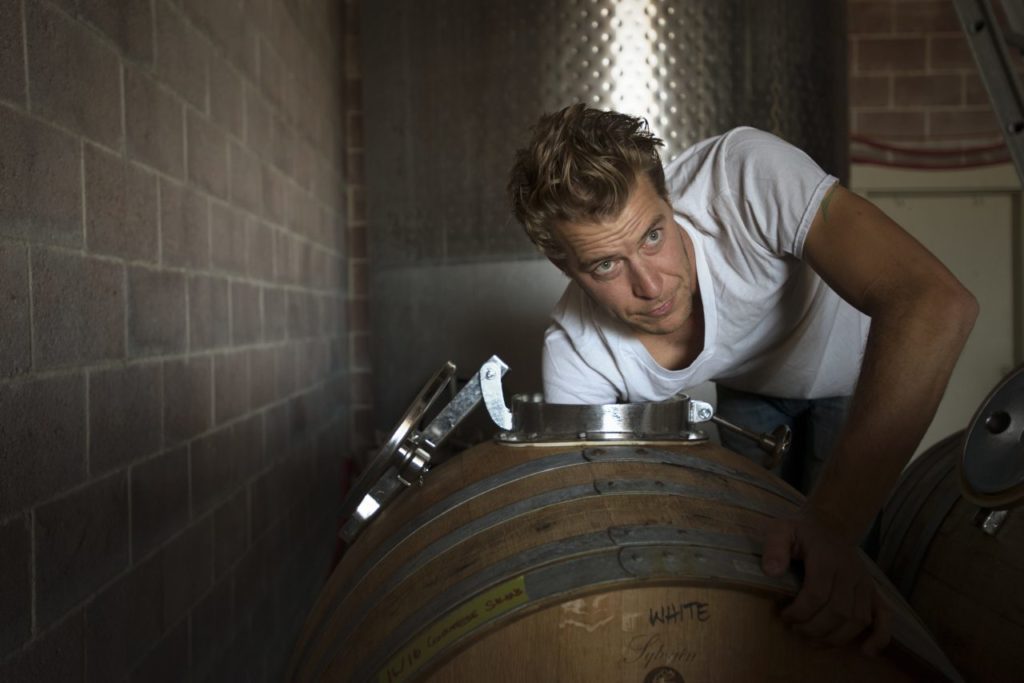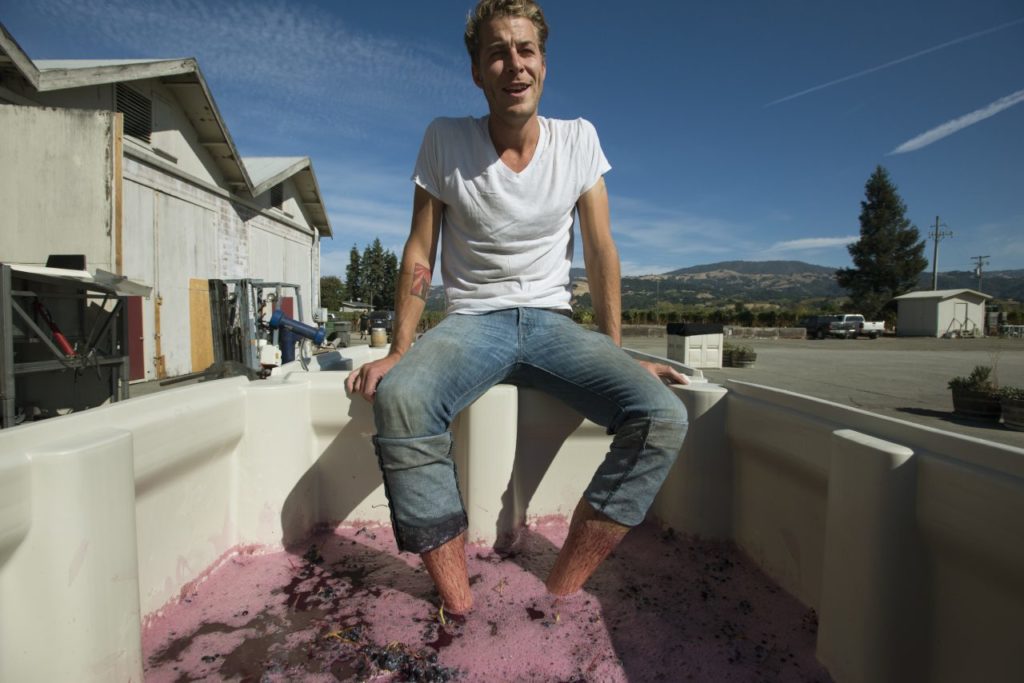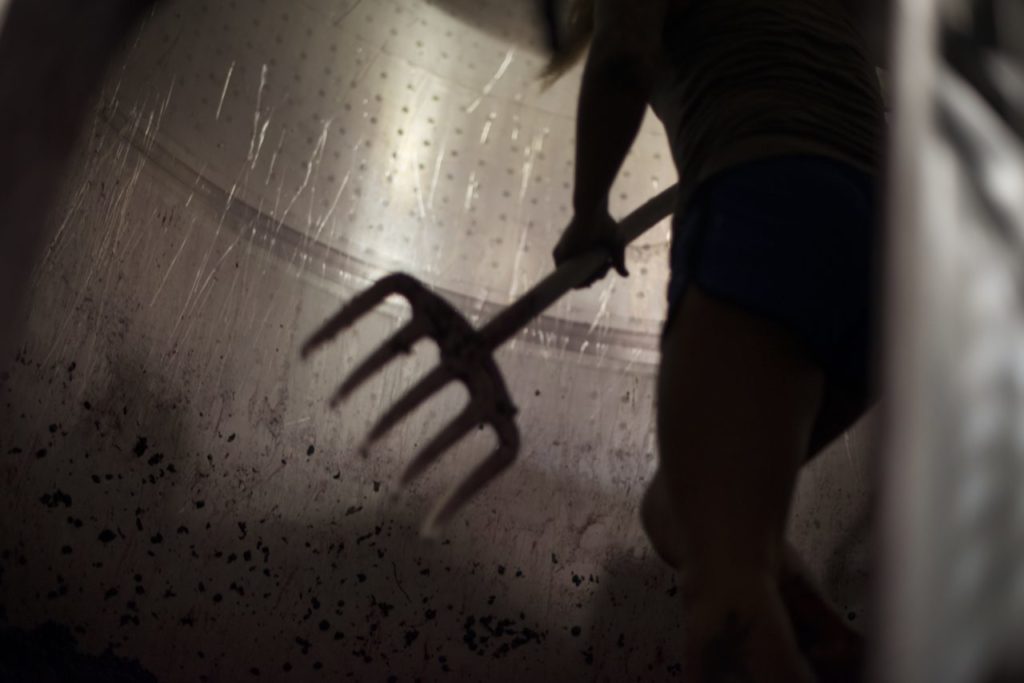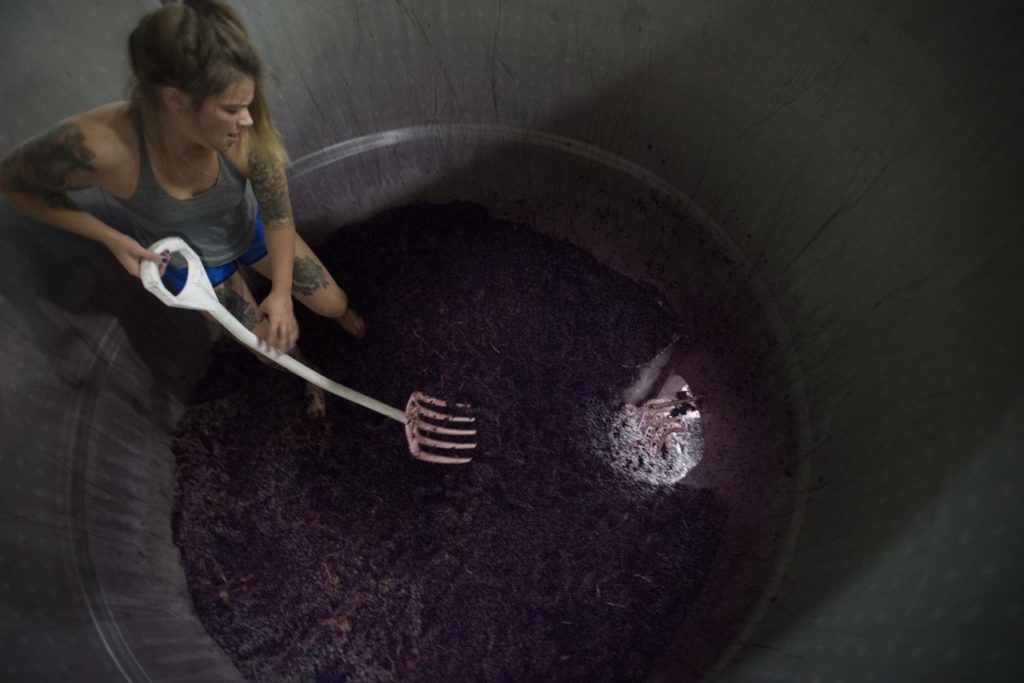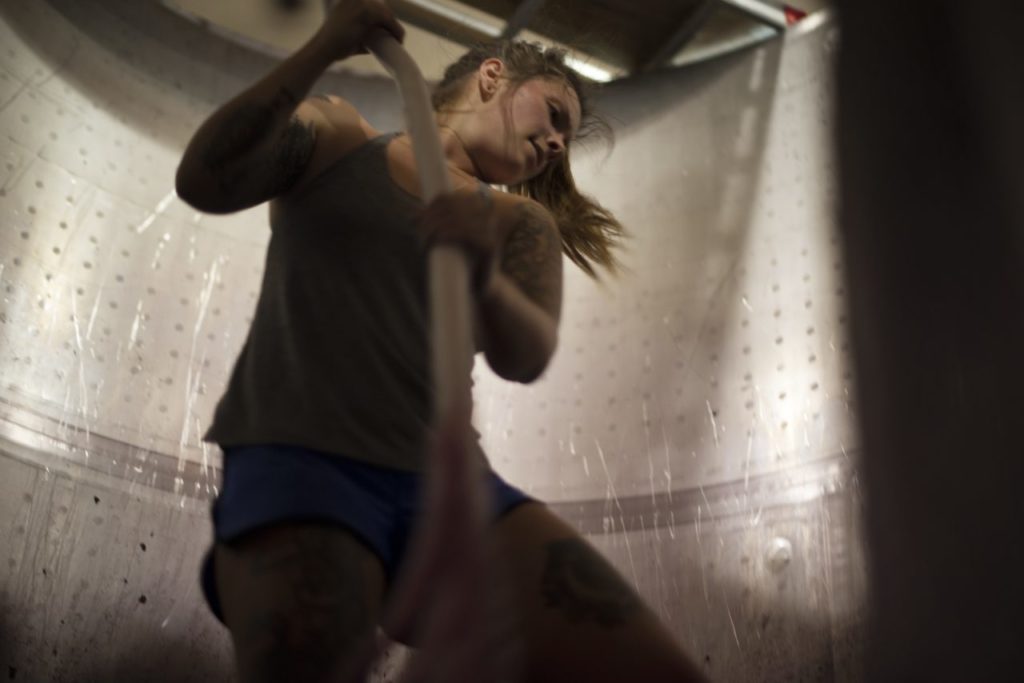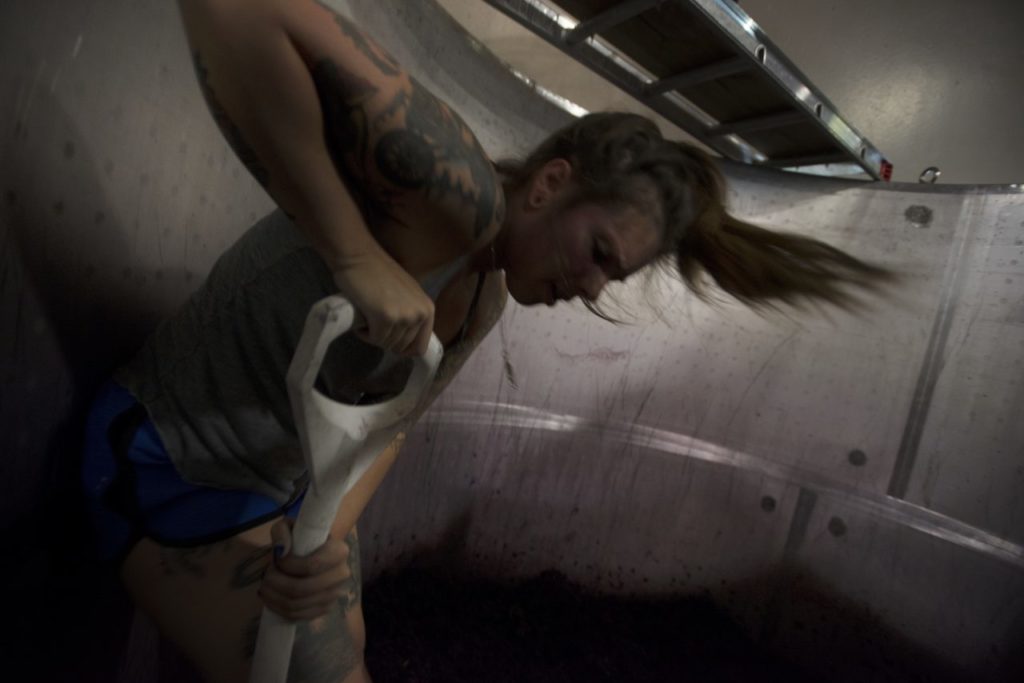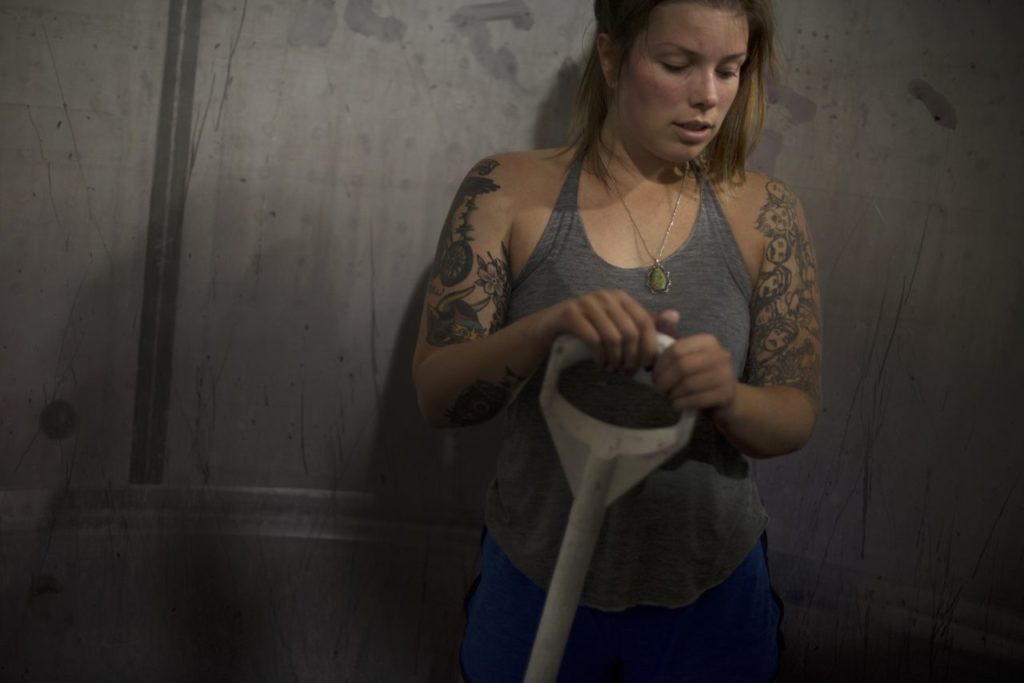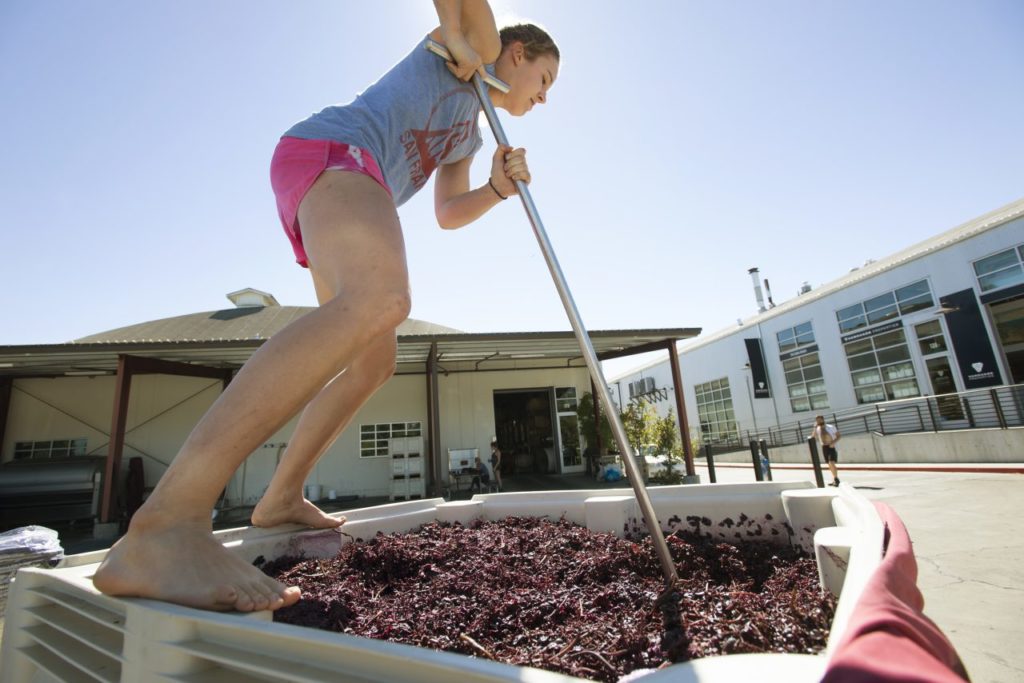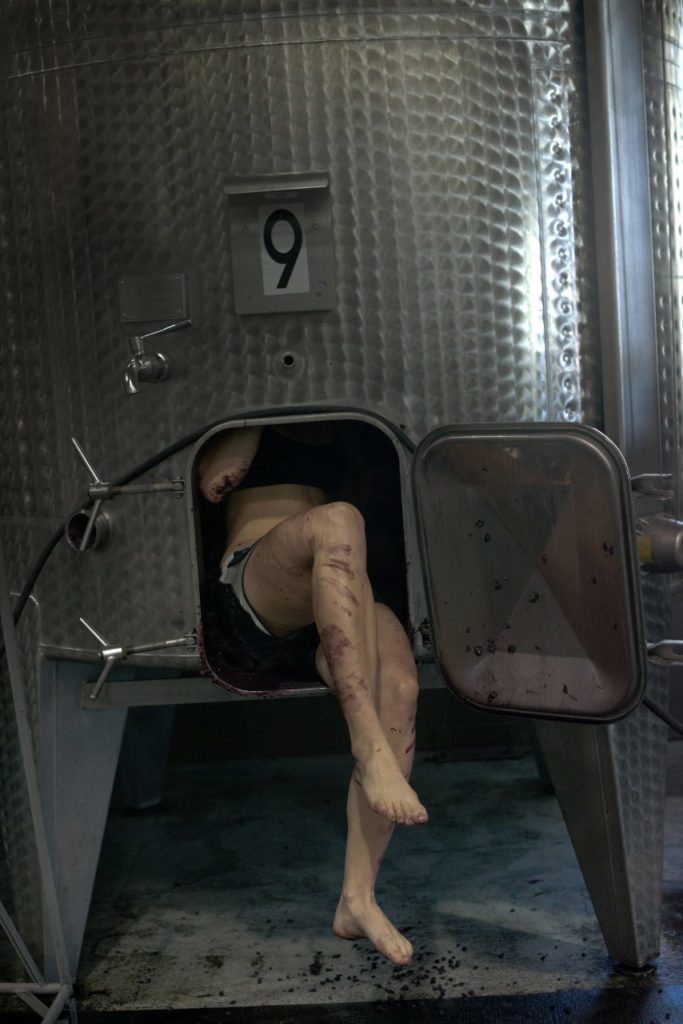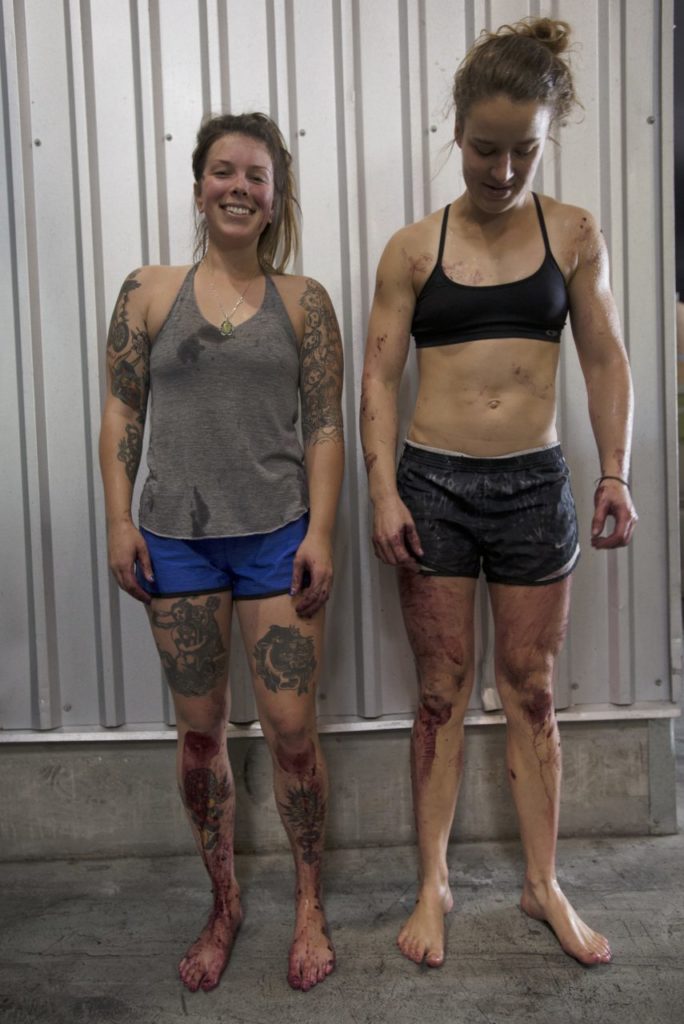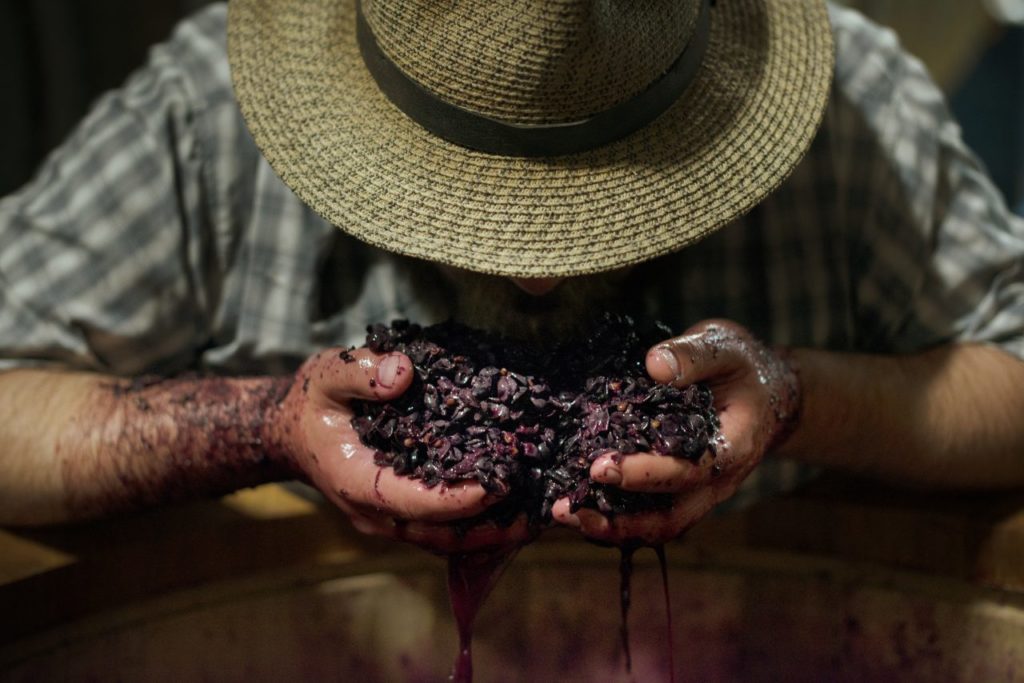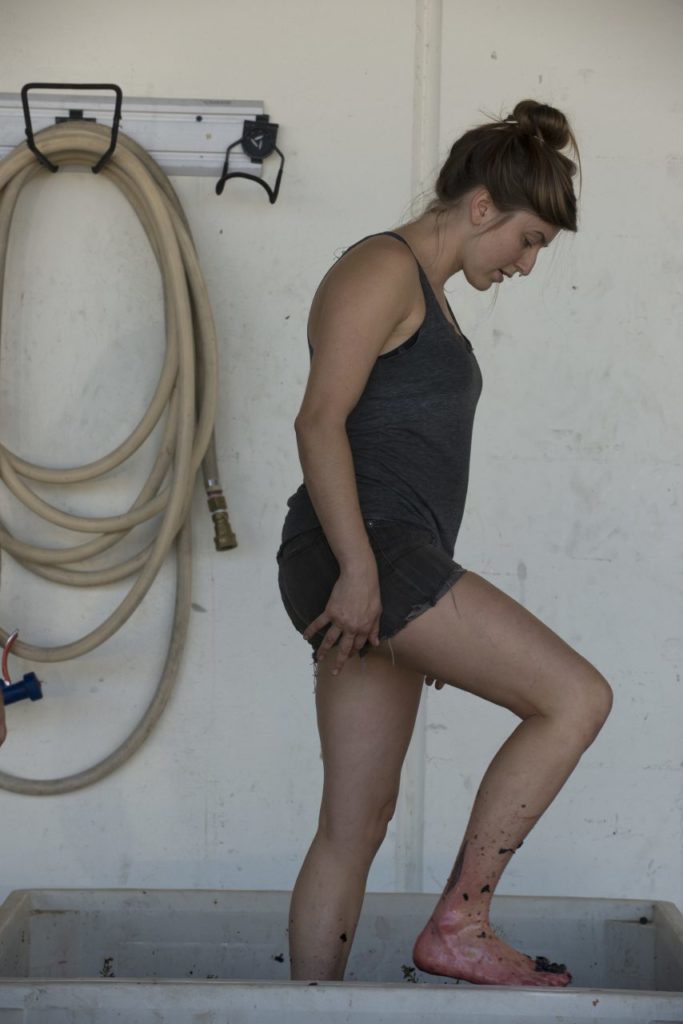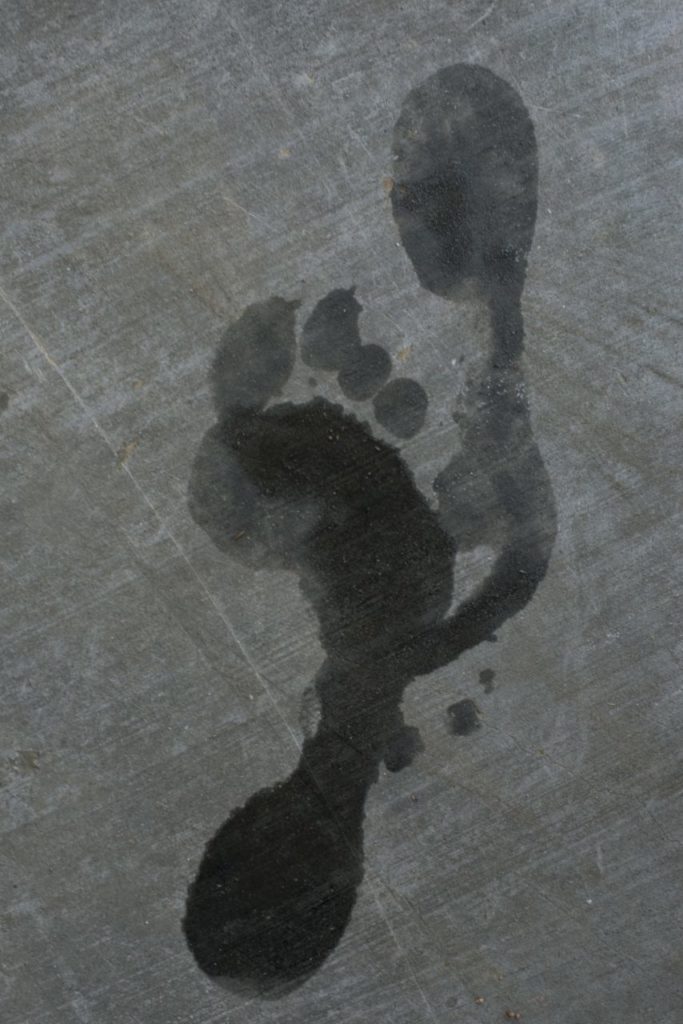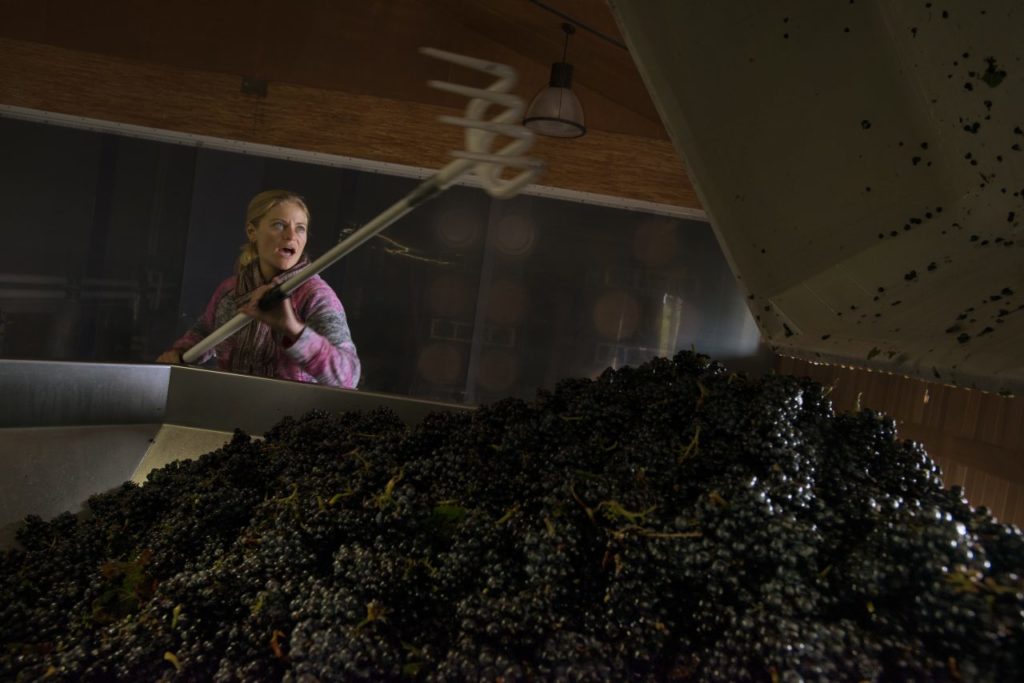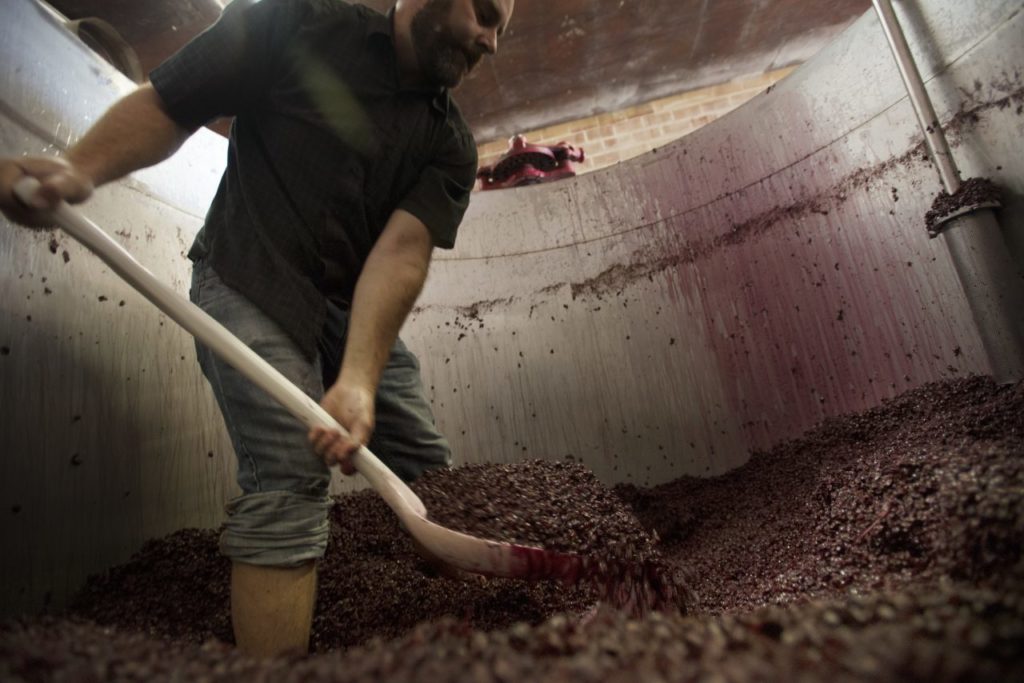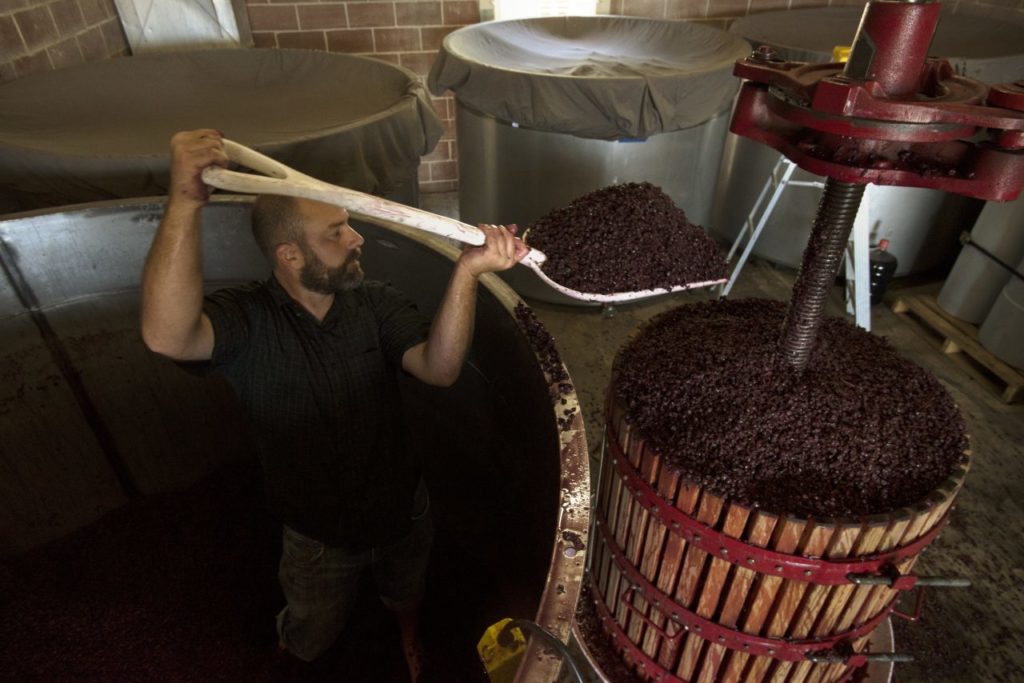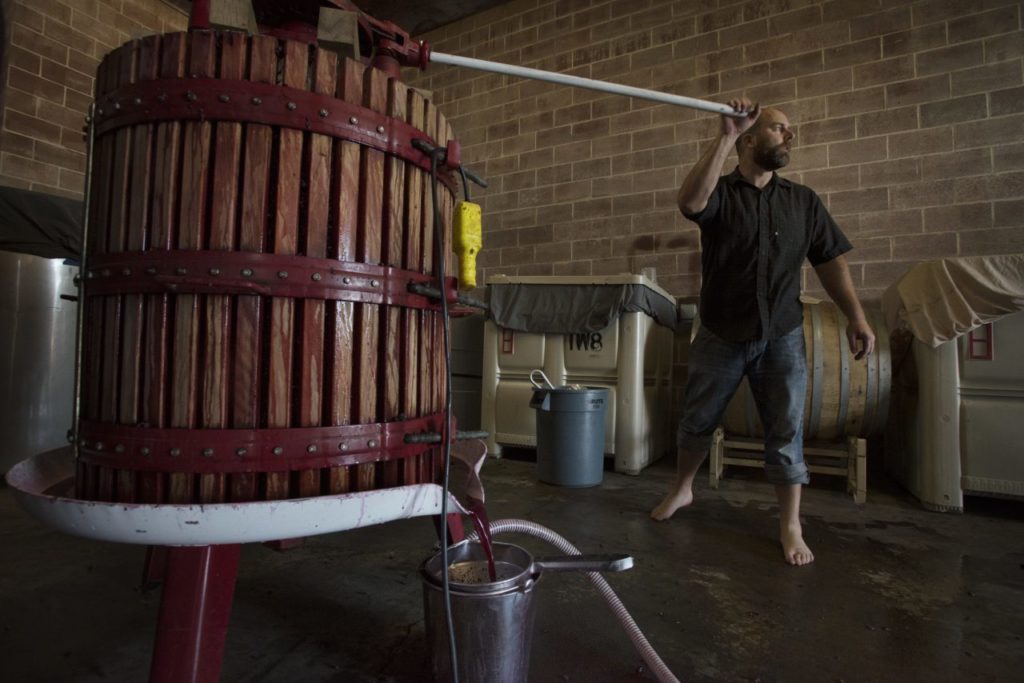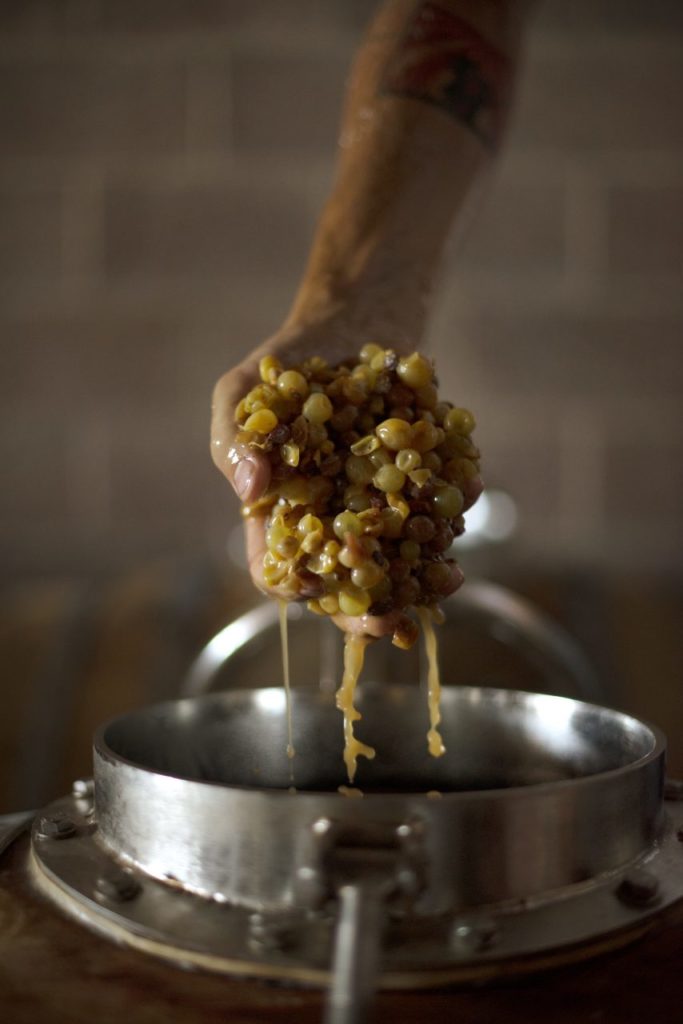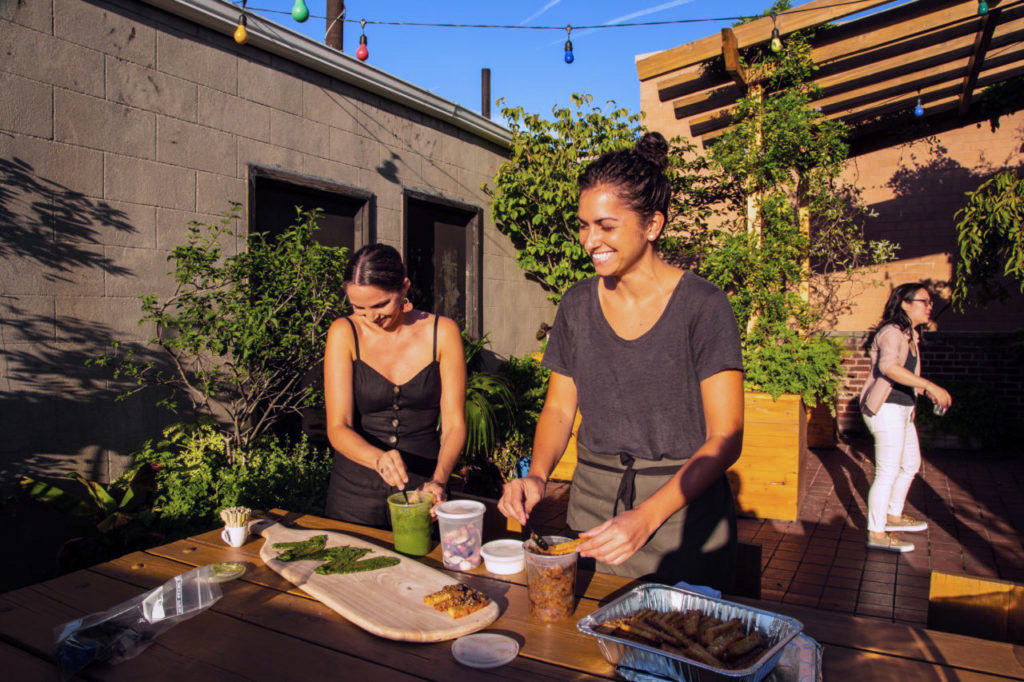At one time of year, for one small segment of winemaking, the human touch makes all the difference. Erik Castro’s evocative photo essay features winery workers and the fruit of their harvest season labor. Click through the gallery above for photos, and read the article below.
Hands, feet, calves, arms up to the elbow, entire limbs even, disappear into tanks filled with fermenting grapes that were only just days ago picked and crushed. The task at hand is breaking down the grape solids that have formed a cap toward the top of the tank. It’s called punching down, and among other benefits it ensures the optimal extraction of color and flavor from the grape skins.
Punch-down happens once a year, at harvest, and in many places it’s now handled by an automated punch-down tank that breaks up the skins using a built-in pneumatic punch or paddle. But at the Sonoma wineries shown on these pages — Wind Gap Wines, Idlewild Wines, Bedrock Wine Co., and Acorn Winery — the job still belongs to human beings.
By using their bodies as punch-down tools, these intrepid winery workers can sense important changes in temperature and texture that inform the next steps in the winemaking process. And in the course of a year spent immersed in the scientific — and, increasingly, commercial — aspects of winemaking, it’s a singular opportunity to interact in a primal way with the fruit of their labor.
“The touch of the person really informs the quality of the punch-down,” says Wind Gap Wines owner Pax Mahle. “We choose to do it that way regardless of the size of our vessel. Whether it’s a small bin or one of the large tanks in the winery, we do it all the same way, and it is for that human touch.”
While punching down manually is seen as a gentler and more precise method of extracting color and tannins, it’s still backbreaking work — further evidence that in winemaking as in life, you get out what you put in.



